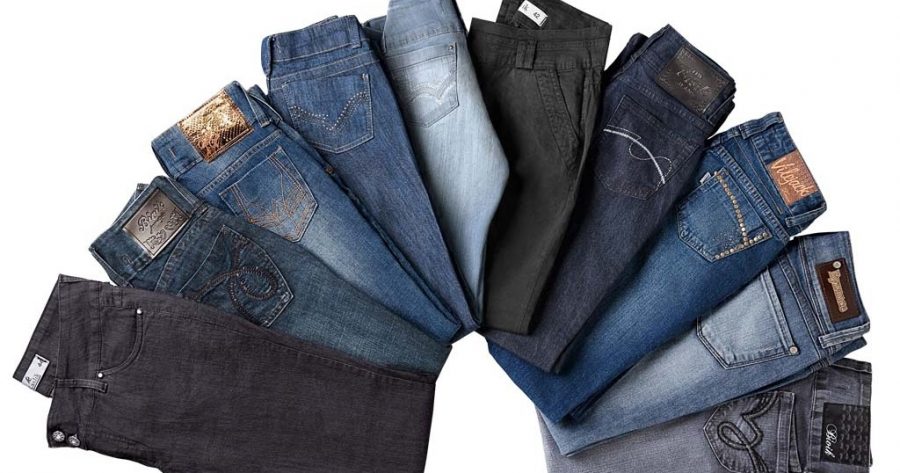Why Buying More Expensive Jeans Could Help Save the Environment
February 24, 2017
Being a 17 year old girl with not too much money in my bank account, Forever 21 and H&M have always been a “go to” when I needed a new piece of clothing. Stores like these are considered “fast fashion.” You know you won’t be able to wear them forever, but they’re cute and seem well made enough to wear for a year or so.
However, I didn’t realize until my recent research that the environmental effects of fast fashion are terrible. Some may say it’s actually the second biggest environmental problem we have in the U.S. today. Clothing designer, Eileen Fisher, said that this fact “is likely impossible to know, what is certain is that the fashion carbon footprint is tremendous.” (EcoWatch) Some of the pollutants involved in making clothes are the pesticides used in cotton farming, the toxic dyes used in manufacturing, and the great amount of waste discarded. There is also a massive amount of natural resources used in extraction, farming, harvesting, processing, manufacturing, and shipping.
When you keep buying new fast fashion and throwing out the old, it leads to major problems. Unlike fruit, you can’t compost old clothes, even if they’re made of natural materials. Synthetic fibers, like polyester, nylon and acrylic, are all used in fast fashion and will take hundreds of years, if not a thousands, to biodegrade. In 2016, Americans are trashing more clothes than ever. In less than 20 years, the volume of clothing Americans toss each year has doubled from 7 million to 14 million tons.
Fast fashion clothing stores are also continuously putting out new lines of clothing. “It used to be four seasons in a year; now it may be up to 11 or 15 or more,” said Tasha Lewis, a professor at Cornell University’s Department of Fiber Science and Apparel Design. (Newsweek) More styles mean more purchases — and that leads to more waste created.
Mrs. Karlson, a Stamford High environmental science teacher, says that, “There are plenty of sustainable clothing options out there. For example, the online stores http://www.threadsforthought.com/,https://www.thereformation.com/, and https://www.everlane.com/. And they really aren’t that much more expensive, we’re talking 15 dollars for a t-shirt instead of 10.”
In the future, Americans main focus when going shopping should be the quality of the clothing and should stay up to date with environmentally friendly brands.




